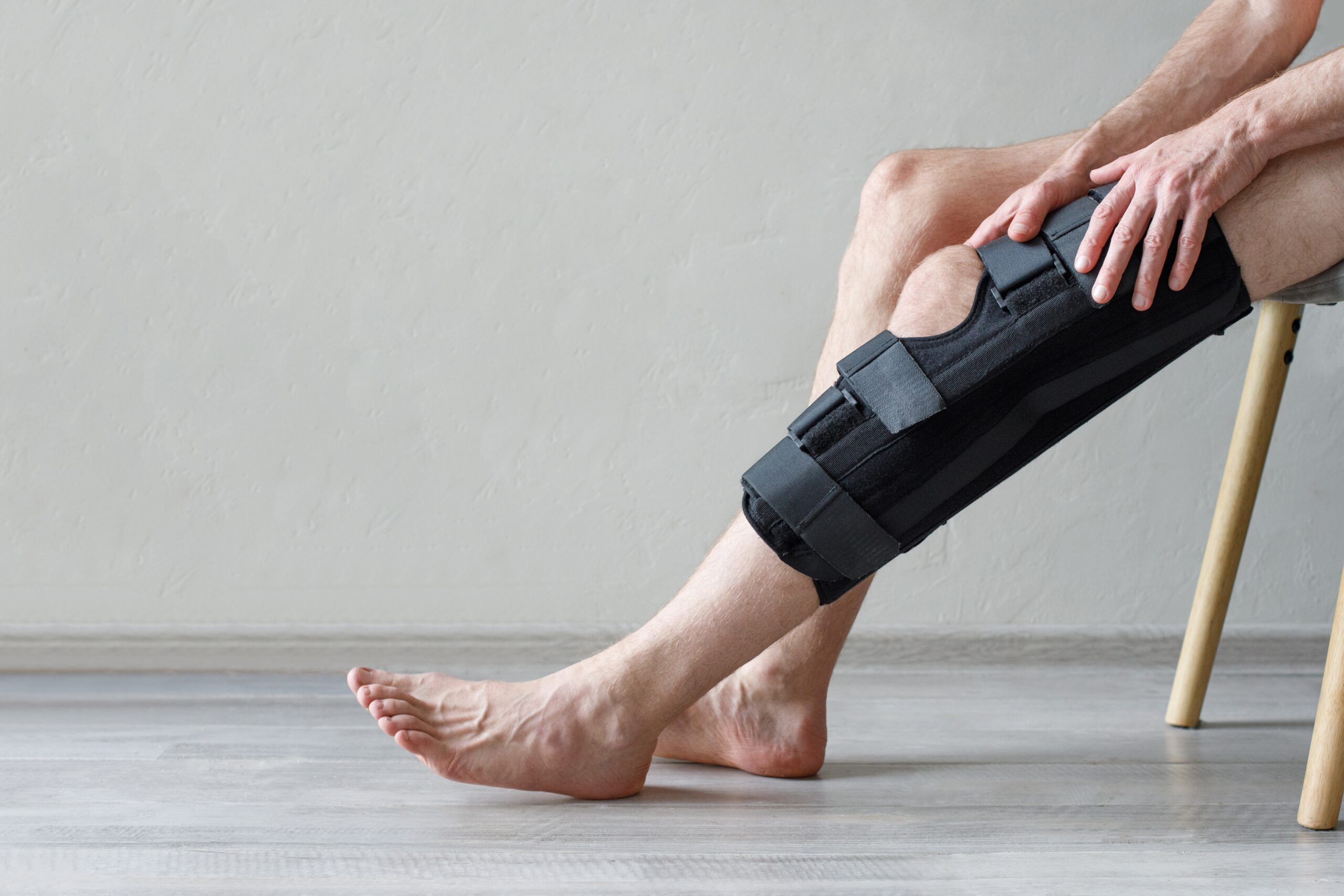The Slip That Changed Everything
He was 58 when he slipped at his daughter’s wedding in Bali. The rain had started to fall, the floor was wet, and his foot went out from under him.
He knew straight away something serious had happened. The pain in his knee was immediate and intense.
At the local hospital he had fluid drained from the joint, was told he had torn ligaments and meniscus damage, and was sent away in a brace with crutches.
This knee already carried history. A few years earlier he had a high tibial osteotomy to keep him going, but the joint was already on its way to needing a replacement.
The fall sped that process up and added new injuries to an already fragile joint.
Life on Hold
By the time he came into the clinic ten weeks had passed. Ten weeks of moving around in the same brace. Ten weeks of disturbed sleep because the knee ached whenever he turned. Ten weeks of finding stairs awkward and everyday tasks tiring.
He told us he felt weaker each week. His thigh muscles had wasted away. Walking felt heavy and clumsy. Even standing for long periods at work was draining.
The brace had stopped him from making things worse, but it had not made anything better. He admitted he had started to feel stuck.
So Many Injuries, Where Do You Start?
When we assessed him the knee looked complicated.
There was an ACL rupture. There was a meniscus tear. There was damage to the MCL. Arthritis was already present. Old metalwork from his previous surgery was still in place.
It sounded like too much, but not every problem needed to be tackled at once.
The MCL was the most important.
Without a stable MCL, even a knee replacement would not hold properly. Other injuries, like the ACL, would not matter once the replacement was done. That gave us a clear priority.
A Roadmap for Recovery
The first job was to move away from the brace. Ten weeks was long enough and by now it was slowing him down.
The focus shifted to getting swelling under control, restoring movement, and beginning to rebuild muscle strength.
Early exercises were simple, aimed mainly at waking the quadriceps back up. It was hard work at first but it laid the foundation for everything else.
At the same time we looked further ahead. The metalwork from his osteotomy needed to be removed before a replacement could be considered.
That meant there was a sequence to follow. First get the swelling down and restore movement. Then build strength and stability. Then remove the metalwork. Rebuild again after that surgery. Only then would he be ready for a replacement.
This was not about quick fixes. It was about preparing the knee step by step so the outcome of surgery would be as good as possible.

Seeing Real Progress Again
Once he understood the plan his outlook changed.
He no longer felt like he was drifting in limbo. Each session became a step forward. Swelling began to settle. His range of motion improved. His muscles slowly came back to life. It was gradual progress but it was progress he could feel.
What mattered most was that he now had clarity. He knew what needed to happen and in what order. He knew his part in it and he could see the end goal.
Living with a complex knee injury is frustrating but when there is a clear roadmap it becomes manageable.
For him that meant moving from weeks of frustration in a brace to feeling hopeful about walking, working, and living normally again.
Joe Sharp
BSc (Hons) Physiotherapy
Request A Free Discovery Call & Ask All The Questions You Need







